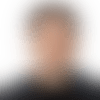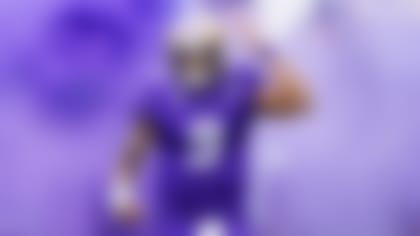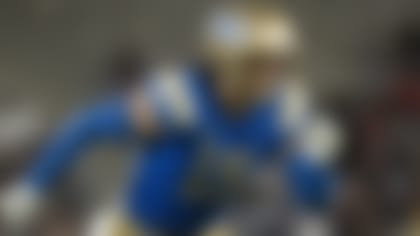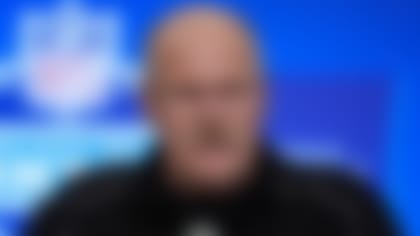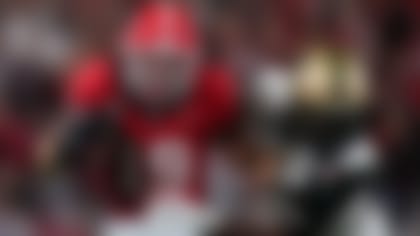Who are the best team-builders in the NFL today? Which front office folks leave something to be desired? I explored these questions one year ago in my first-ever GM power rankings, annoying and delighting decision-makers around the league. And now, just days before the roster-refurbishment exercise known as the NFL draft, it's time to revisit this honcho hierarchy.
Behold: the list of the top NFL general managers/decision-makers, based on body of work in the big chair. That includes drafts, free agency, hirings and basically any avenue available to improve the roster and organization.
NOTE: I did not rank first-time decision-makers hired after the 2017 NFL Draft, because they have not been on the job long enough to allow for a fair evaluation. I did, however, include those who came to the job with an established track record from previous tenures, including Dave Gettleman, John Dorsey and Marty Hurney. Before we get to the rankings, let's dispatch with the men too new in the role to be ranked, presented in alphabetical order.
THE RELATIVE NEWBIES
Brandon Beane, Bills
Beane and his ex-Panthers buddy, head coach Sean McDermott, tore it all down by deposing many of former general manager Doug Whaley's players in 2018 before building Buffalo's roster back up with an active free-agent class this year. There's plenty to like about what the new Bills regime has done in a short time, but Beane's tenure will likely be judged on how his hand-picked quarterback (Josh Allen) develops.
Eric DeCosta, Ravens
The transition from Ozzie Newsome to his longtime lieutenant should be seamless because they simply appear to be changing roles. Newsome has been seen still working at league events like the NFL Scouting Combine and owner's meetings in a "consigliere" role for DeCosta.
Brian Gaine, Texans
Gaine's only draft in Houston didn't include one pick in the first two rounds, although the characteristics of the current roster remain typical of the Bill O'Brien era: The Texans are in need of offensive line help and thin on weapons beyond DeAndre Hopkins, though they did find some nice free-agent values in the secondary to supplement a star-studded front seven.
Chris Grier, Dolphins
While Grier has held the general manager title since 2016, it's safe to say that former VP Mike Tannenbaum and former coach Adam Gase held more personnel sway over the last three years. When Tannenbaum was let go, owner Stephen Ross made it clear that it was Grier's turn to run the show.
Brian Gutekunst, Packers
Gutekunst's aggressive additions to the Packers' defense in free agency were popular on the homefront, and built upon his defense-heavy first draft. Now, defensive coordinator Mike Pettine needs to make Gutekunst's moves look smart. Inheriting an offense with Aaron Rodgers and David Bakhtiari should ultimately make Gutekunst's job a lot easier.
Mike Mayock, Raiders
Jon Gruden is believed to wield more personnel power than most head coaches, but the draft should be Mayock's time to put all that worldly experience he absorbed as a former colleague of the "Around the NFL Podcast" to good use.
Brett Veach, Chiefs
THE RANKINGS
Up/down arrows reflect changes from last offseason's GM rankings.
Follow Gregg Rosenthal on Twitter @greggrosenthal.

